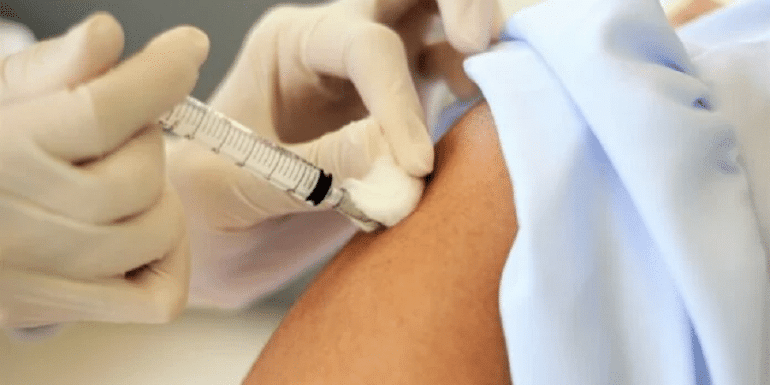The Committee for Medicinal Products for Human Use (CHMP) of the European Medicines Agency (EMA) has recommended the authorization of an adapted Comirnaty vaccine targeting the Omicron XBB.1.5 subvariant.
The vaccine – known as Comirnaty Omicron XBB.1.5 – is to be used to prevent the disease COVID-19 in adults and children aged 6 months and older.
According to previous recommendations from the EMA and the European Center for Disease Prevention and Control (ECDC), adults and children aged 5 and over who need vaccination should get one dose, regardless of their vaccination history against the disease COVID-19.
Children aged 6 months to 4 years may receive one or three doses depending on whether they have completed the initial vaccination schedule or have had the disease COVID-19.
In its decision to recommend authorisation, the CHMP considered all available data on Comirnaty and its other tailored vaccines, including data on safety, efficacy and immunogenicity (how well they trigger immune responses). In addition, the Committee assessed new laboratory data showing a strong response of the adapted vaccine against the XBB.1.5 subvariant and related strains of the virus that causes the disease COVID-19.
More data on emerging variants are awaited and the Commission will assess these data when they become available.
Target Omicron XBB.1.5
Vaccines against the disease COVID-19 are adjusted to better match the circulating variants.
This vaccine was developed to target the Omicron XBB variant in accordance with the recommendations of the EMA and ECDC as well as other international regulatory authorities and the World Health Organization.
As the Omicron XBB.1.5 subvariant is closely related to other currently circulating variants, the vaccine is expected to help maintain optimal protection against the disease COVID-19 caused by these other variants, as well as the Omicron XBB.1.5 subvariant.
Since the initial licensing of the Comirnaty vaccine, the authorities have gained extensive knowledge about the safety of the vaccine. Side effects are usually mild and short-term and include headache, diarrhea, joint and muscle pain, fatigue, chills, fever, and pain or swelling at the injection site. More serious side effects may occur rarely.
The EMA will now forward the CHMP's recommendation to the European Commission for a legally binding decision at European level.
As with other vaccines against the disease COVID-19, the national authorities of the EU Member States will determine the use of this vaccine in the context of national vaccination campaigns, taking into account factors such as infection and hospitalization rates, the risk to vulnerable population groups and the availability of the vaccine.
How the vaccine works
Adapted vaccines work in the same way as original vaccines.
The vaccine contains molecules called mRNAs that have instructions for producing the spike protein of the Omicron XBB.1.5 subvariant. The spike protein is a protein on the surface of the virus that the virus needs to enter the body's cells, and it can vary between virus variants.
When a person is given the vaccine, some of their cells will read the mRNA instructions and temporarily produce the spike proteins. The person's immune system will then recognize these proteins as foreign and activate natural defenses – antibodies and T cells – against them.
If, later on, the vaccinated person comes into contact with the virus, the immune system will recognize the spike protein on the surface of the virus and be ready to defend itself. Antibodies and immune system cells can protect against disease COVID-19 killing the virus through synergy, preventing it from entering the body's cells and destroying infected cells.
Comirnaty was first approved in the EU in December 2020, with adapted versions targeting BA.1 and BA.4-5 strains receiving authorization in September 2022
